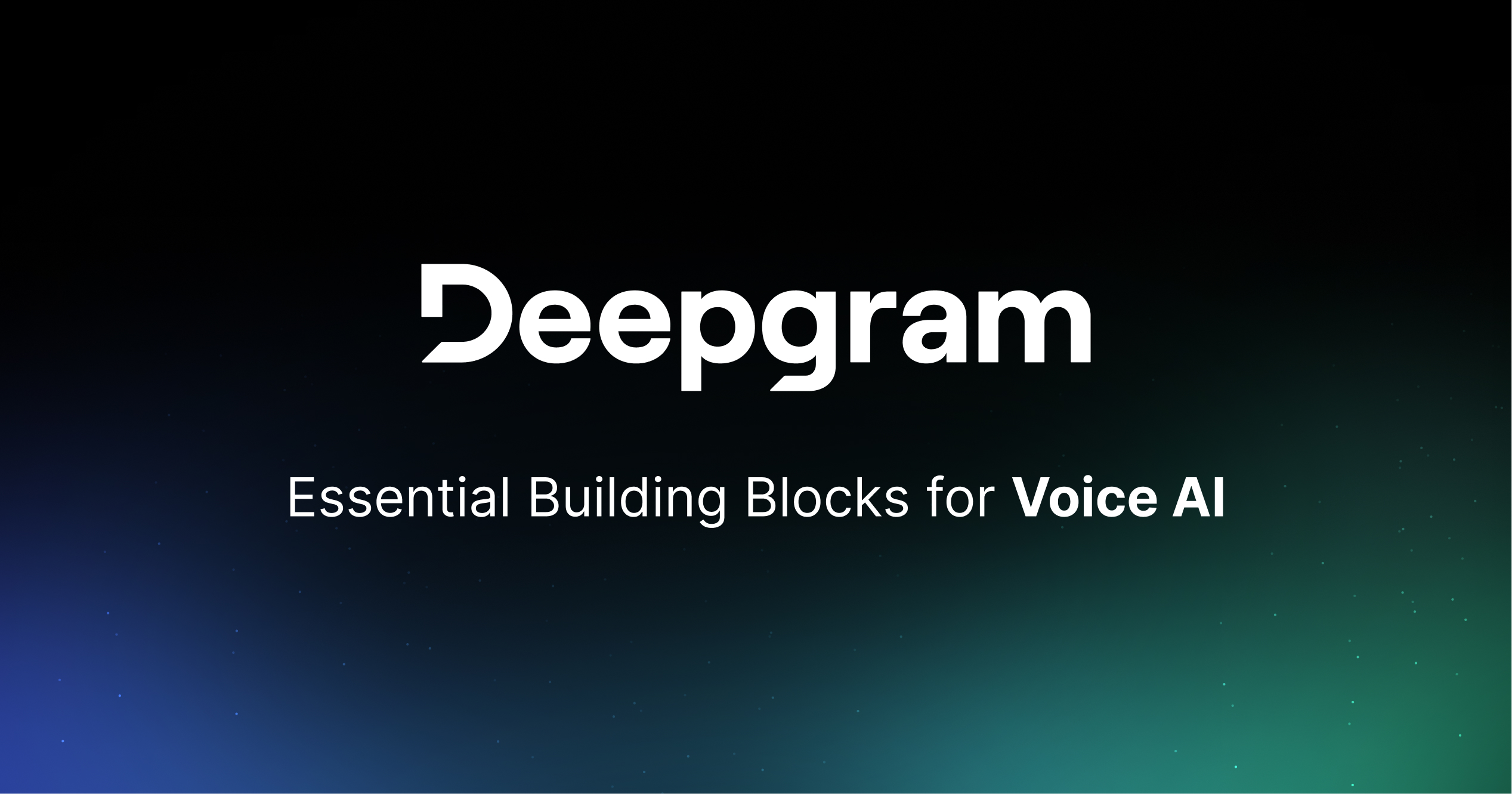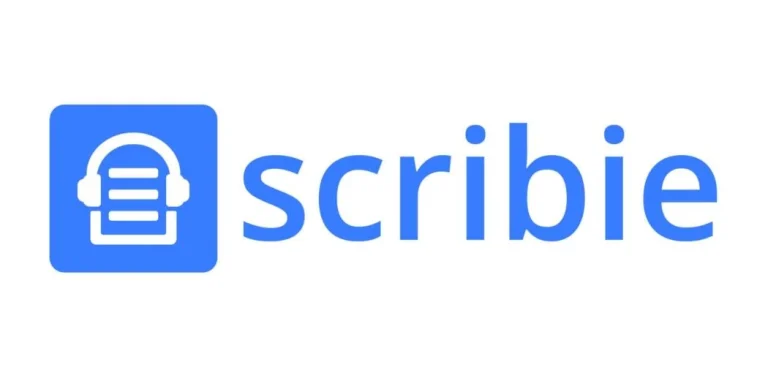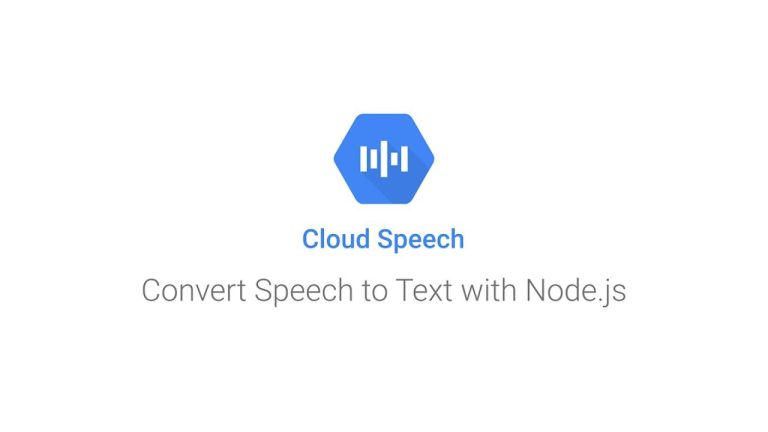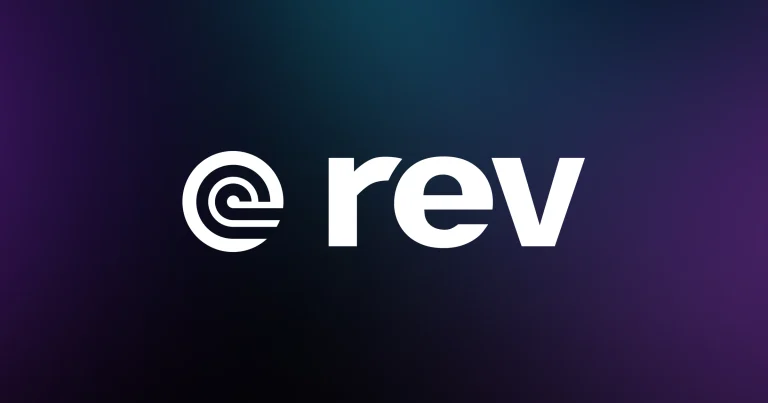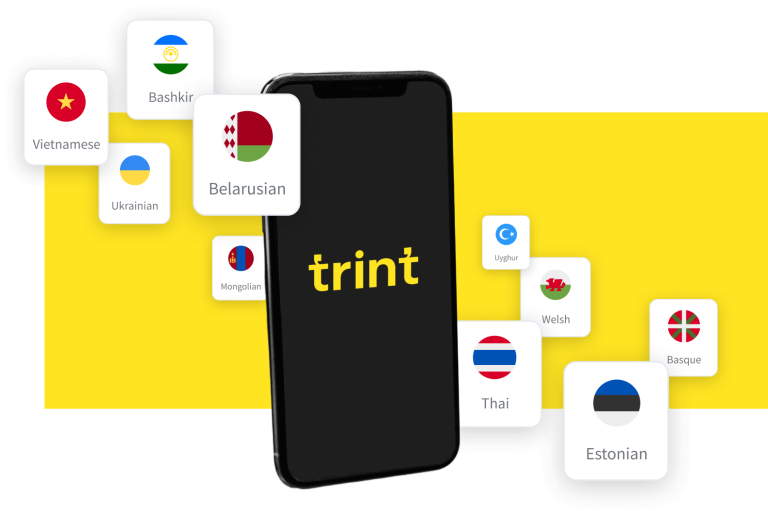Deepgram Key Features:
- End-to-End Deep Learning Models: Deepgram uses deep learning models, rather than the more traditional automatic speech recognition (ASR) systems. This gives it an edge in accuracy, especially when dealing with poor audio quality, background noise, or multiple speakers.
- Real-Time Transcription: The platform is optimized for real-time transcription, making it suitable for live events, webinars, or any use case that requires instant transcription.
- Multilingual Support: Deepgram supports multiple languages and dialects, allowing businesses to transcribe audio content from global audiences. Its ability to handle accents and dialects further enhances the accuracy of its transcriptions.
- APIs for Developers: Deepgram provides APIs that allow developers to integrate its transcription capabilities into their own applications. This is particularly useful for businesses needing to analyze audio data at scale.
- Custom Vocabulary Training: Businesses can train Deepgram’s models to recognize industry-specific terms, jargon, or acronyms, making it highly customizable for various specialized fields such as healthcare or legal.
- Scalability: Deepgram’s architecture allows it to process and transcribe large volumes of audio data quickly, making it ideal for industries like call centers where real-time analytics are essential.
Our Opinion On Deepgram:
Deepgram stands out for its remarkable accuracy and performance in even the most challenging audio environments. It’s particularly well-suited for large enterprises, call centers, and industries that require custom transcription solutions. Its scalability and real-time transcription capabilities make it a robust choice for businesses that need to process large volumes of audio data quickly and efficiently. However, the platform’s API-centric design may not be suitable for non-technical users, and smaller businesses might find its pricing steep. For those in need of high-quality transcription at scale, Deepgram is one of the best tools available.
